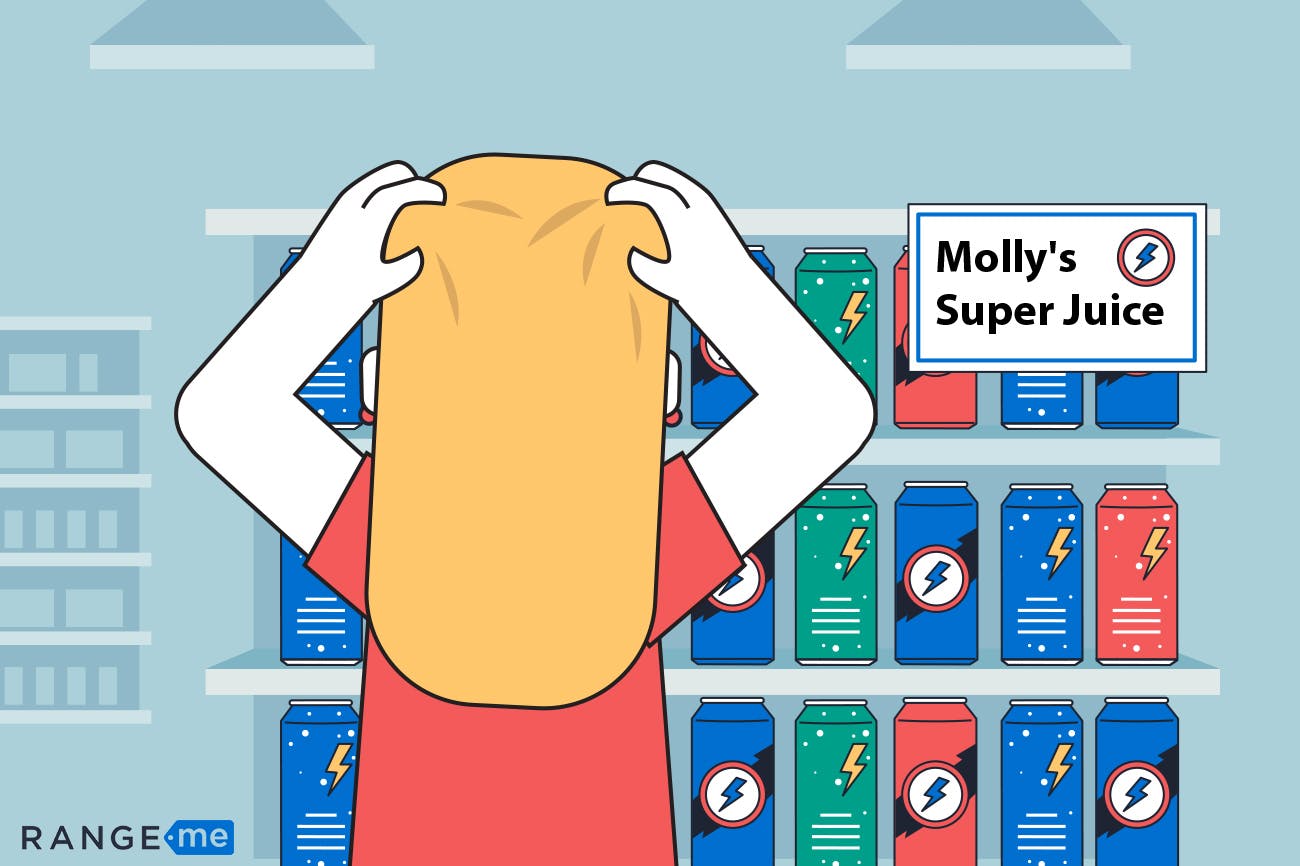Branding, brainstorming, and Shakespeare: That’s what we talked about last time, all in the context of choosing a name for your product. Tricky business, that. Your product’s name can convey so much to consumers. It can set you apart from competitors. It can tell your brand’s story.
It can be wrong.
I’m sorry. I tried to break that to you gently, but it’s the truth. Sometimes what seems like a great name for your product when it’s in development can completely and utterly fall flat when it’s released out into the wild of CPG. Maybe the name has a bad connotation due to current events. Or perhaps a shorter version of your name just works better than what you originally thought (Apple Computers to Apple ring a bell?).1http://www.adweek.com/news-gallery/advertising-branding/11-brand-names-simply-couldnt-survive-times-163440
There must be a significant reason why the change is imperative and an assessment of the pros and cons must be evaluatedWhatever the reason, it can be a bit panic inducing to realize that the name you thought was so perfect is not really. But it doesn’t have to be! It’s fixable. There are some scary statistics out there that say changing your brand name can cause a decrease in sales, and while that may be true, it’s also temporary. Rebranding with a name better suited for your product will benefit you in the long run.
I’m not the only one who believes this, either. I went back to Jessica Wolfe at A.T. Kearney, and Ilana Rosen of The Parker Avery Group, who offered such sage advice about the naming process in our last post, to find out their thoughts on what to do if you’ve found yourself on the wrong end of the name game.
It’s plausible to rename your product after a launch, Rosen says, but the company should keep in mind a few key points. “There must be a significant reason why the change is imperative and an assessment of the pros and cons must be evaluated, including the inherent risk the company runs with its existing customers,” she explains. “The company must also understand that a new name may help the current business situation but the company cannot lose sight of all the other components required to ensure the brand’s success, such as successful execution of the value proposition offered to consumers.” Follow these guidelines, Rosen says, so as not to miss the mark on the next naming.
Brand Equity
A brand’s equity is tied up with its name, and it can be hard to keep that if a brand changes that name, says Wolfe. But, that’s not to say it can’t be done. Play it safe, Wolfe advises, and “Keep the old name to keep the loyal base while introducing a new brand name for a new crowd.” She points toward Kraft-owned Crystal Light, marketed toward women who wanted flavorful, low- or no-calorie drinks. But, “knowing the Millennial crowd doesn’t want to drink Mom’s drink, Kraft launched MiO, a similar concept of flavored water (with some different ingredients), but a completely different brand and promise.”
Your Future is Bright
In 1893 Brad’s drink renamed itself to what we now know as Pepsi-Cola. Ever heard of Opal Fruits? Probably not, but if you’re like me you may enjoy Starburst every once in awhile. Those are just a couple of products that successfully renamed themselves, so don’t fret if you’re having a change of (name) heart.
If your product is good, and it resonates with consumers, success is possible—no matter what you name it.


